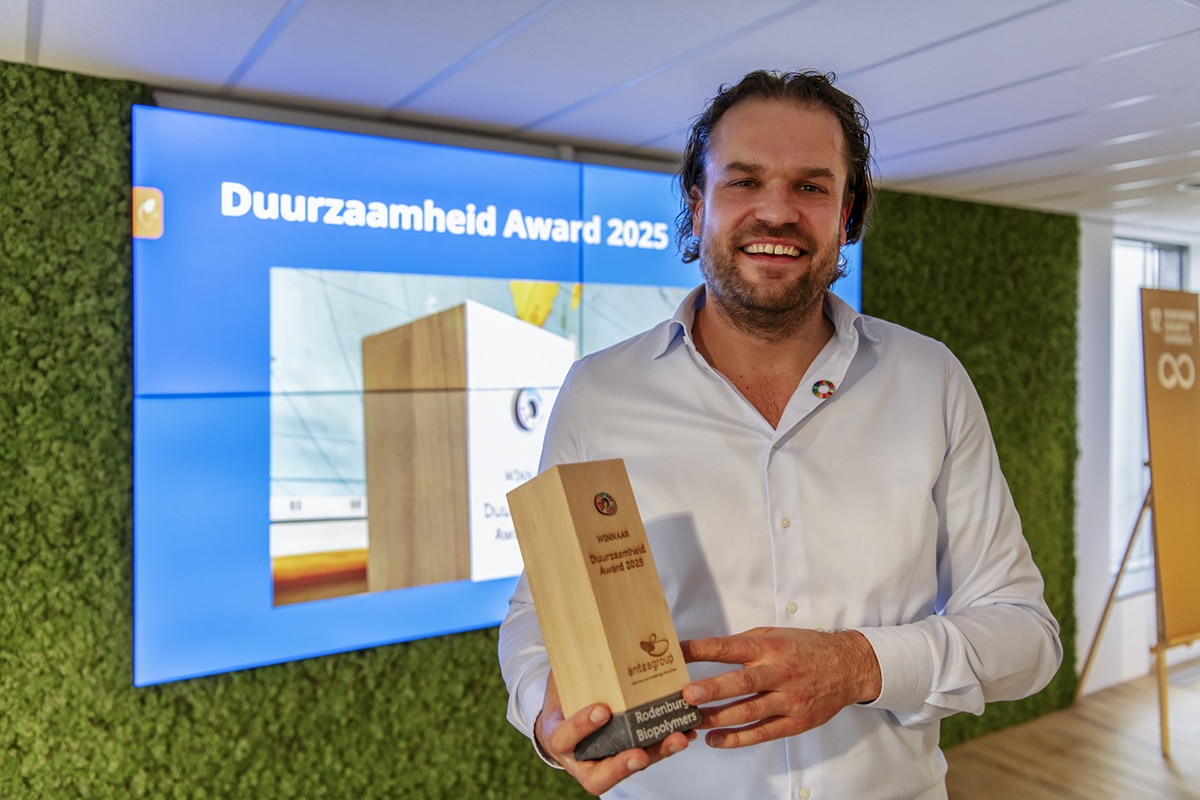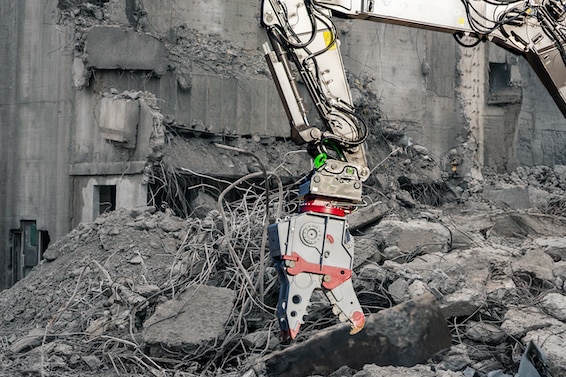
Combing of suspect area
The Waal dike and surrounding area is designated as a suspect area. The soil may contain unexploded remnants of war (OO) from World War II. To ensure that the De Betuwse Waard consortium can safely carry out its work to reinforce the Wolferen-Sprok dike, Explosive Clearance Group B.V. of Wijchen (ECG) is conducting extensive research into unexploded explosives. In a short time, it already yielded a motley collection of historical munitions, as well as a number of surprising objects.

For many years, Explosive Clearance Group has provided explosives detection for the combiners in De Betuwse Waard. "Years ago, for example, we were closely involved in the Room for the River project in Nijmegen," says Frank Lefering of Explosive Clearance Group. "Since then we have been a regular partner for tenders in dike reinforcements, reconstructions and other large infrastructure projects. In that capacity, we were also asked for the Wolferen-Sprok dike reinforcement to bring in our expertise so that the combination can carry out its work safely."
GIS system
Explosive Clearance Group started conducting historical preliminary research and collecting already known data from the archives of the Overbetuwe municipality and Nijmegen municipality. "All that information was compiled into our GIS system," Lefering explains. "From this it was concluded that we had to consider the project area in the municipality of Overbetuwe in its entirety and parts of the municipality of Nijmegen as suspect areas. The areas, where the soil interventions are planned, were then subjected to the necessary detection work." Coen Cornelissen of Explosive Clearance Group adds: "We completely comb the mapped detection areas with a magnetometer. Depending on the size of the area, we use a hand cart equipped with five search probes or a tractor with up to sixteen measurement probes. This allows us to mechanically detect large areas very quickly for disturbances up to about 4 meters in depth.
All data is read by our experts and translated into valuable information. Because we interpret objects so accurately, not every disturbance needs to be excavated. After all, it could also be a nail, a wire or a thumbtack. That makes this technique extremely cost-effective."
From milk can to artillery ammunition
Virtually every discipline we master as a company does come into play at Wolferen-Sprok, Cornelissen knows. "From preliminary investigation and detection in the field to interpretation, approach and securing. Only depth detection is not applicable here, given the shallow depth at which explosive remnants of war can be found in the soil. If a suspicious object is detected, it is carefully excavated. Approach, we call it in professional terms. The first part of the "cover" is removed by machine, after which we scrape off the next layers inch by inch. If it turns out to be a milk can, no worries. If it is an explosive remnant of war, we obviously follow a different protocol. The object is identified and secured. The OO found are transferred to the EODD for destruction by the EODD. In this way we have located and secured a large number of explosive remnants of war in the vicinity of the Waal dike, from various types of hand grenades, including Old Dutch but also German grenades, to all kinds of artillery ammunition, brisant grenades and British smoke grenades. So the fact that the area has been classified as suspect is more than justified," Cornelissen laughs.
Explosive Clearance Group, by the way, is still hard at work on the project. "We're ahead of the troops at De Betuwse Waard," says Lefering. "The expectation is that a lot more is going to come up. In many cases, we are working closely with archaeologists if, for example, we measure a lot of disturbances without significance. For example, on this project, together with RAAP archaeologists, we not only stumbled upon munitions but also an old Roman road and a skeleton from the early Middle Ages. In short, we can say that this is an area with a rich history. In many ways."



